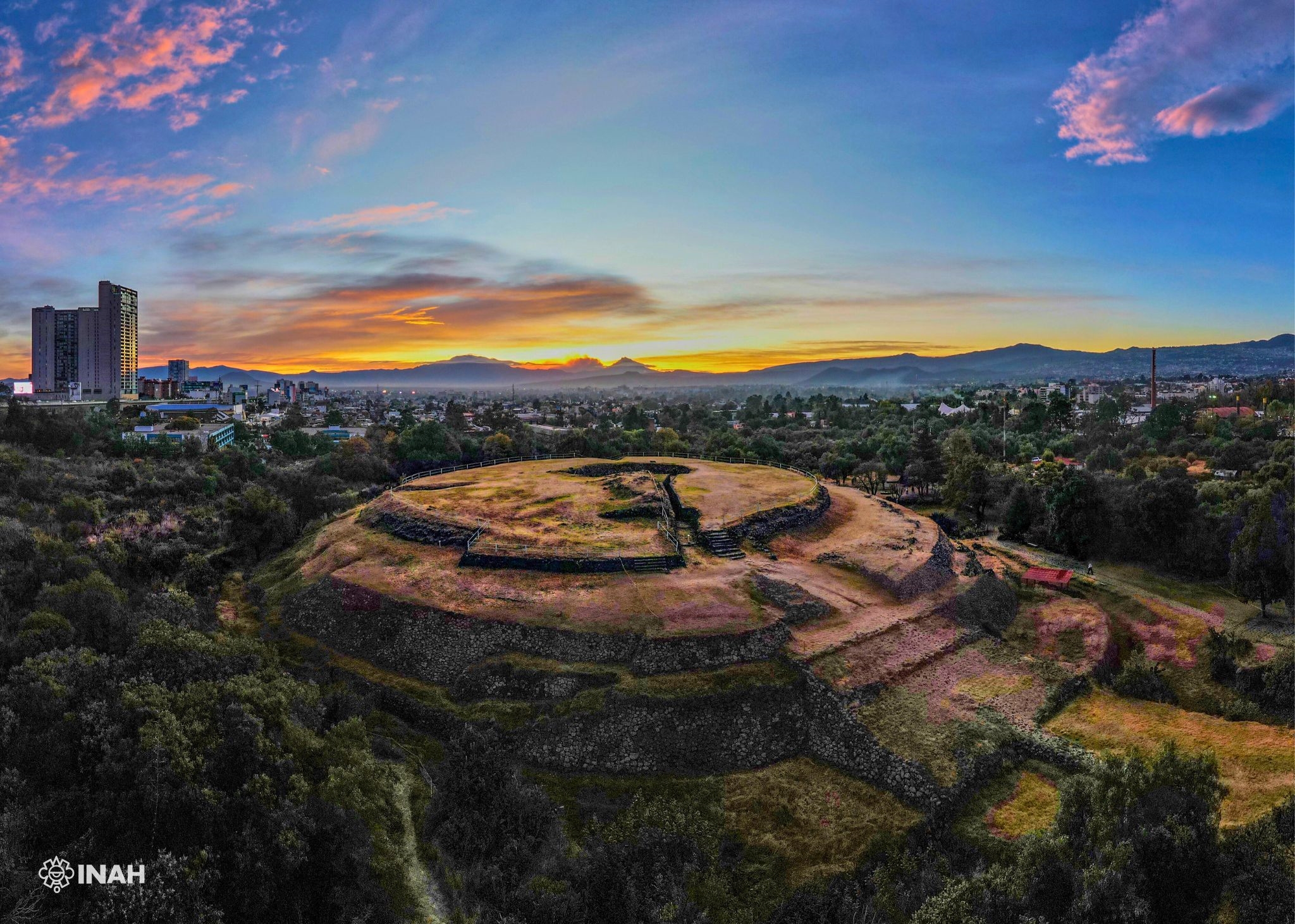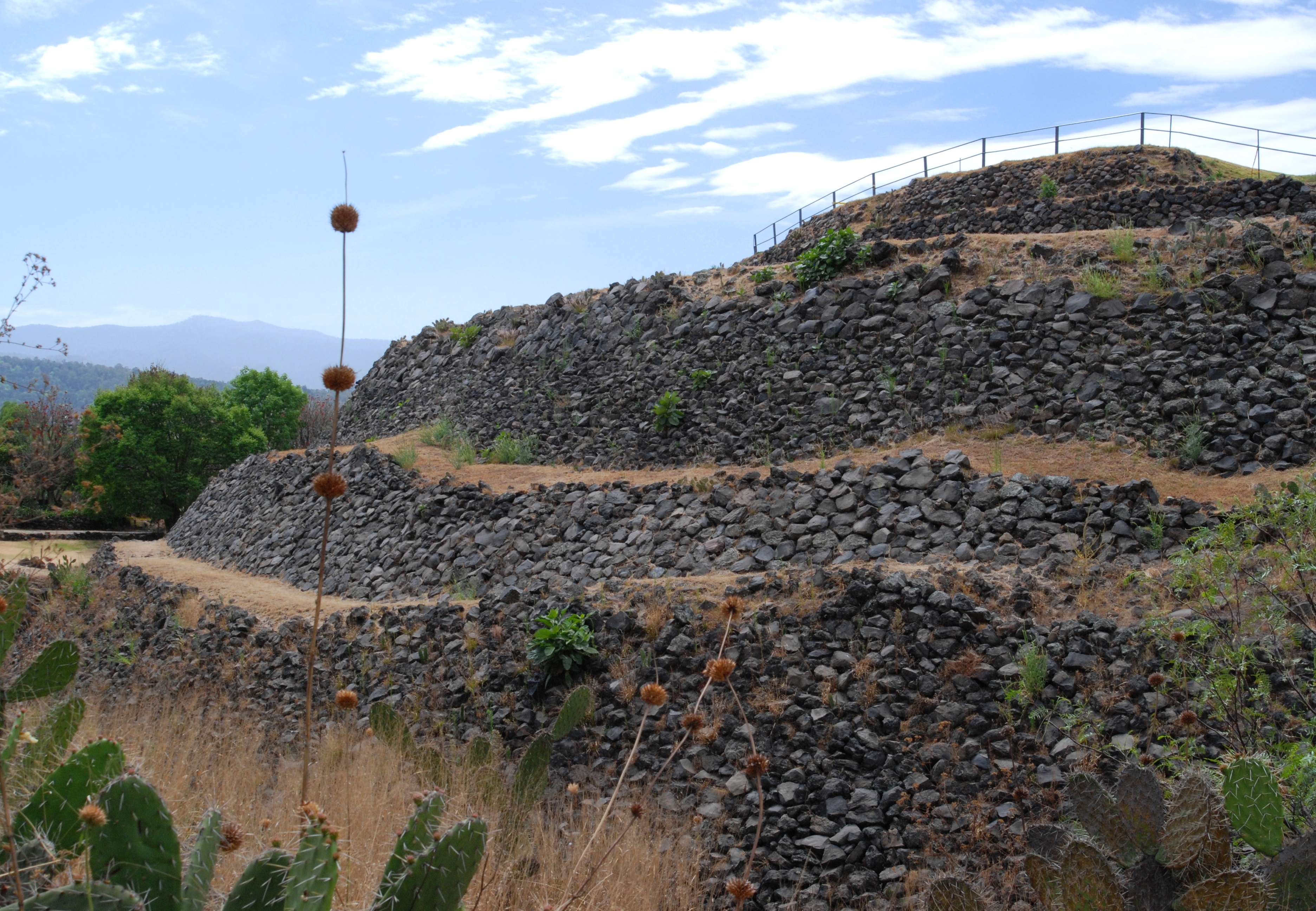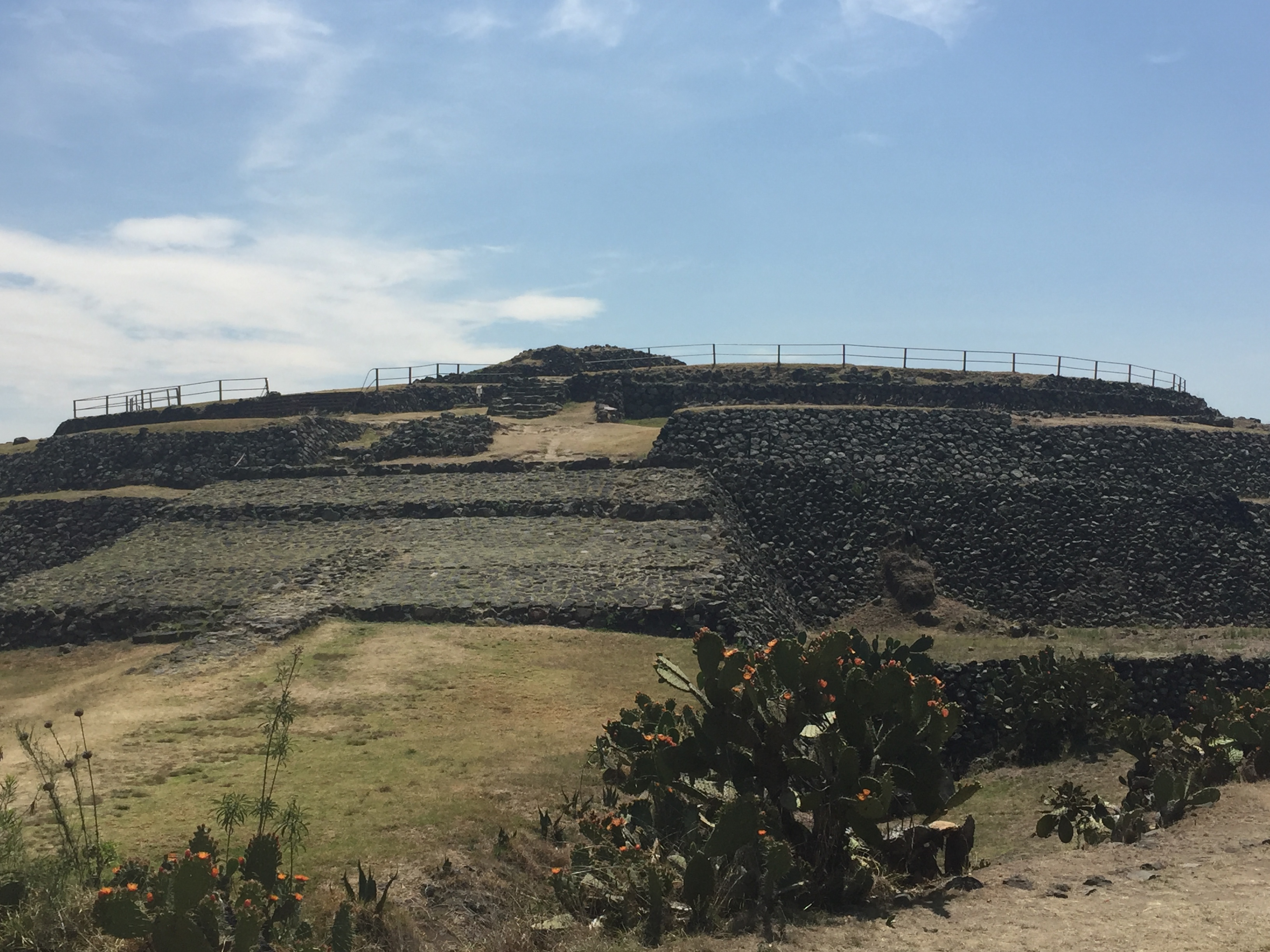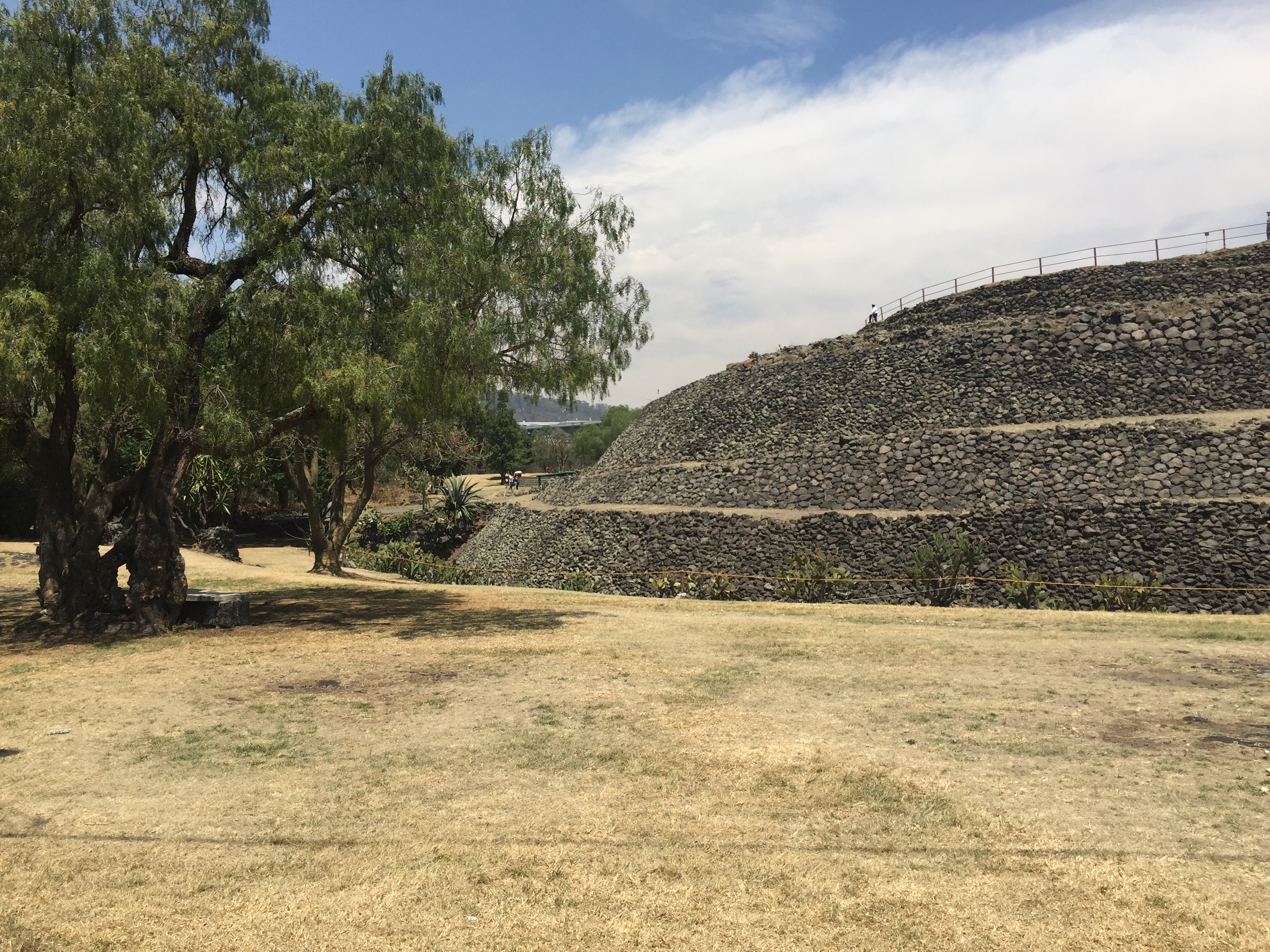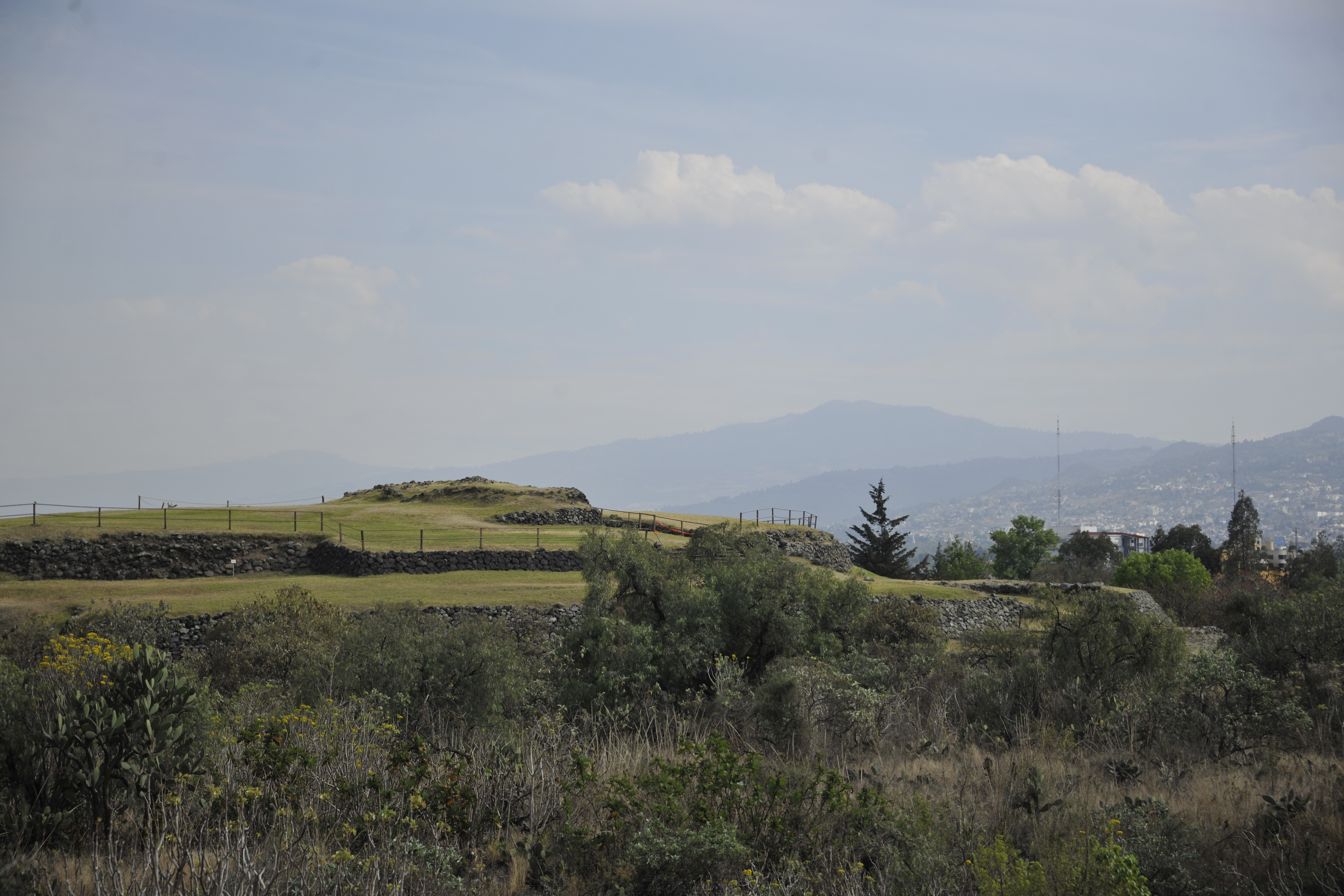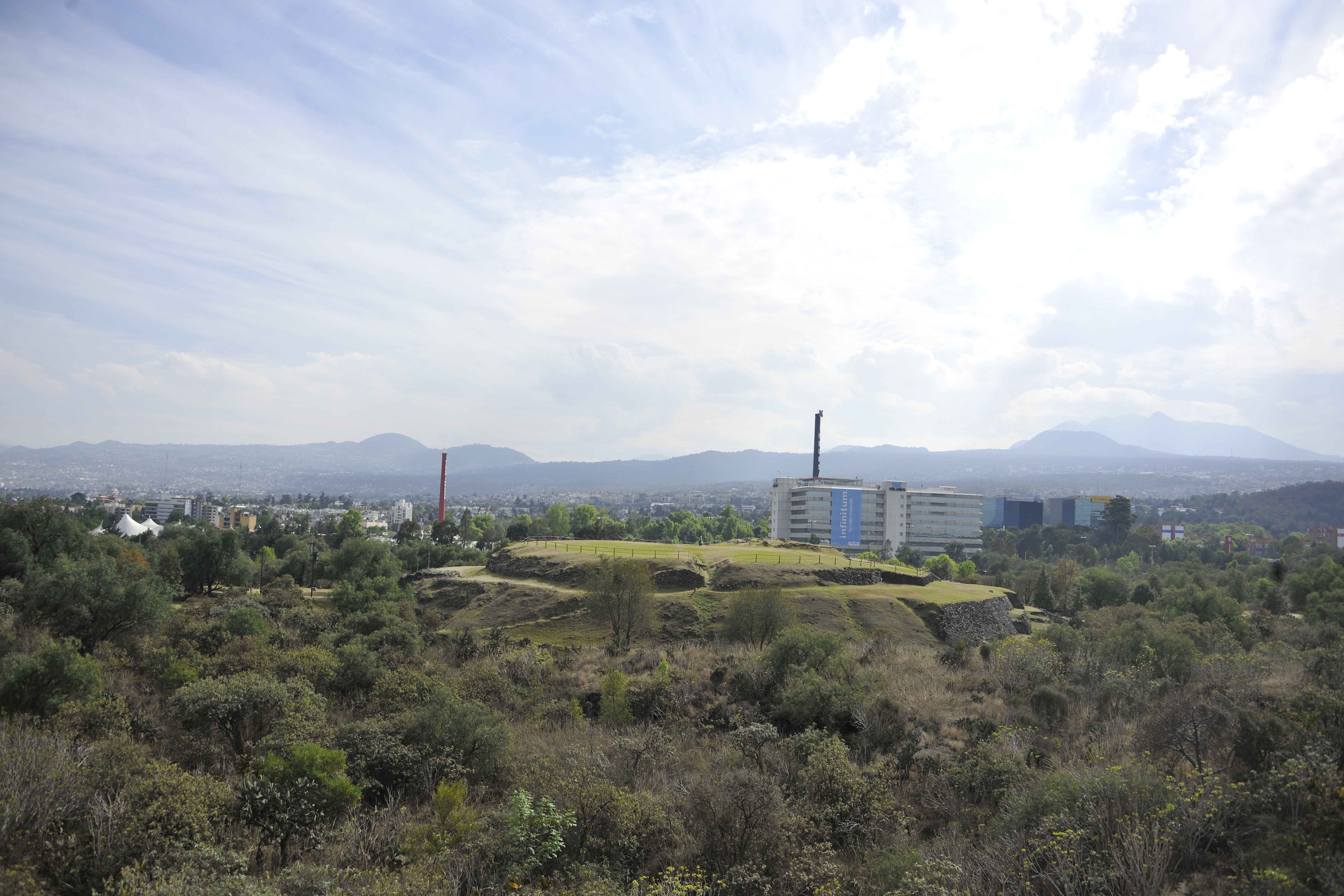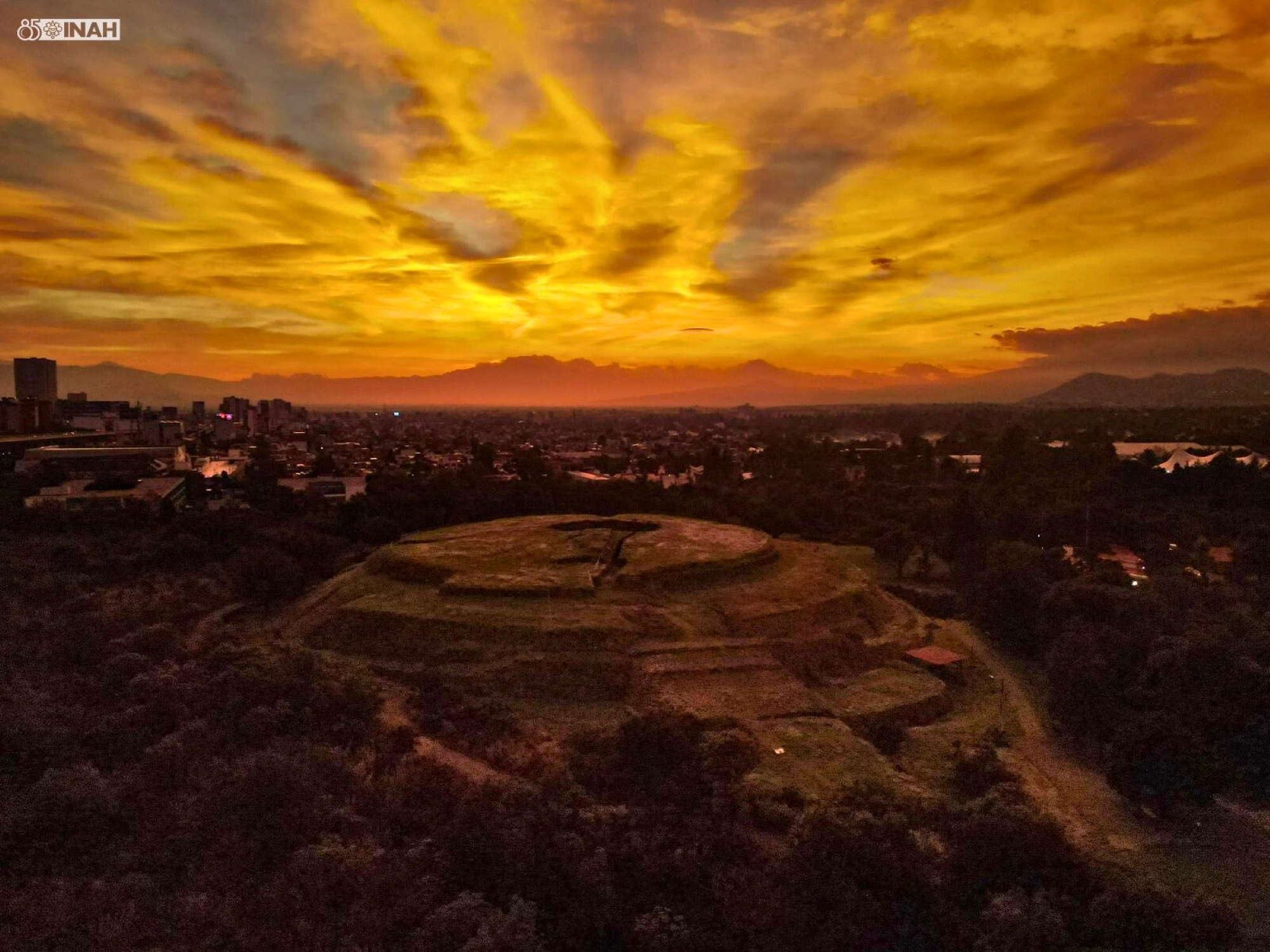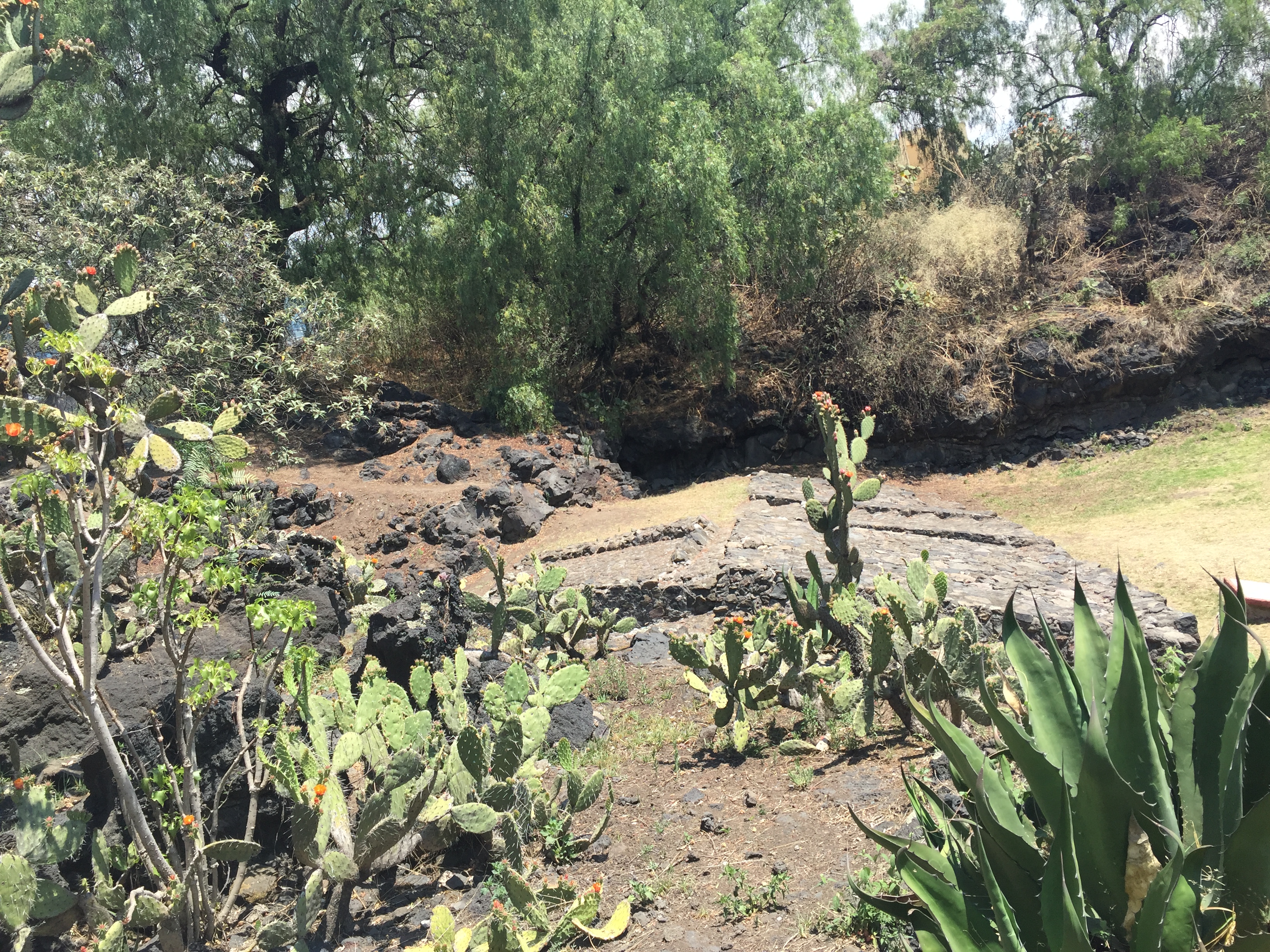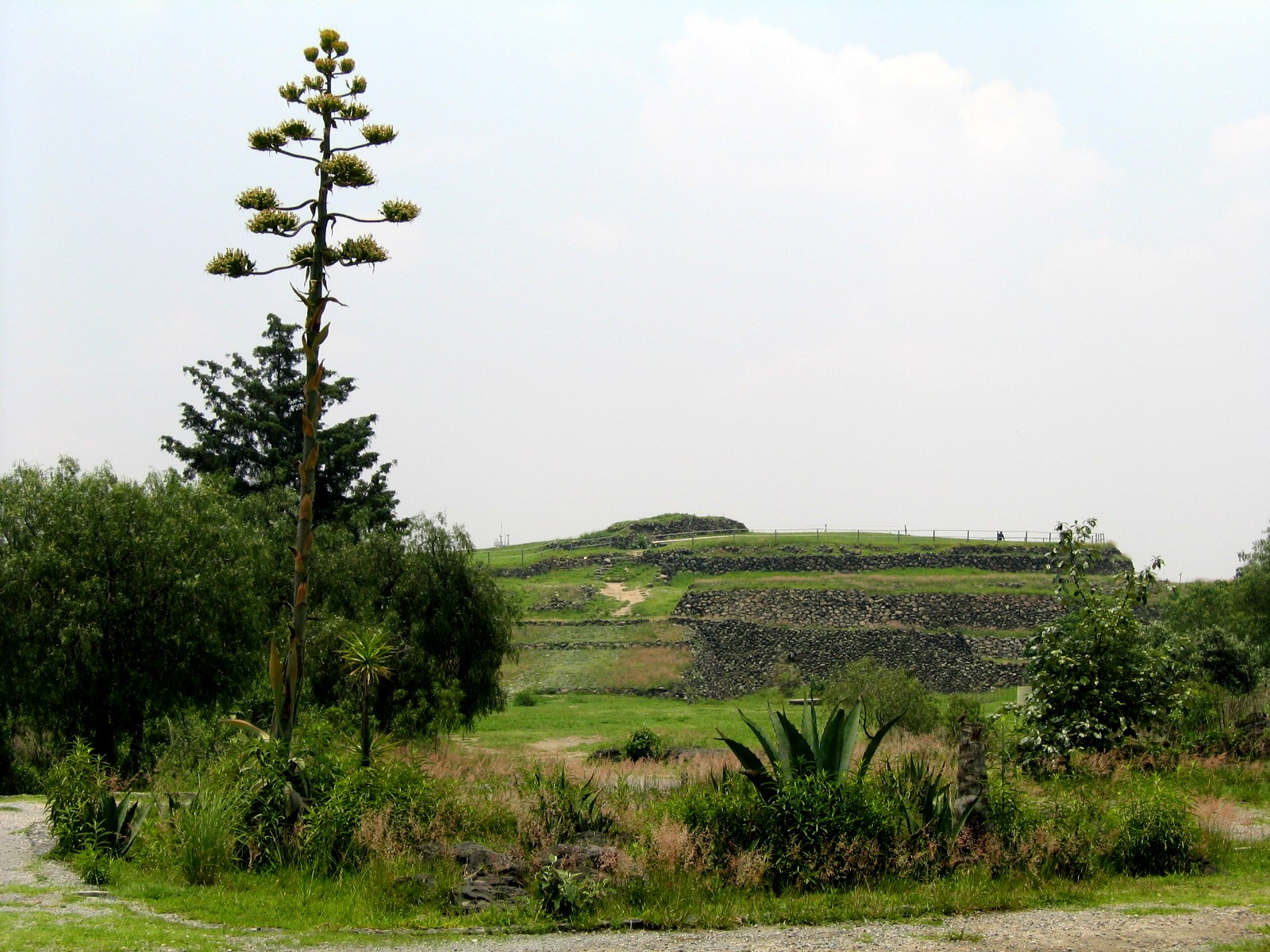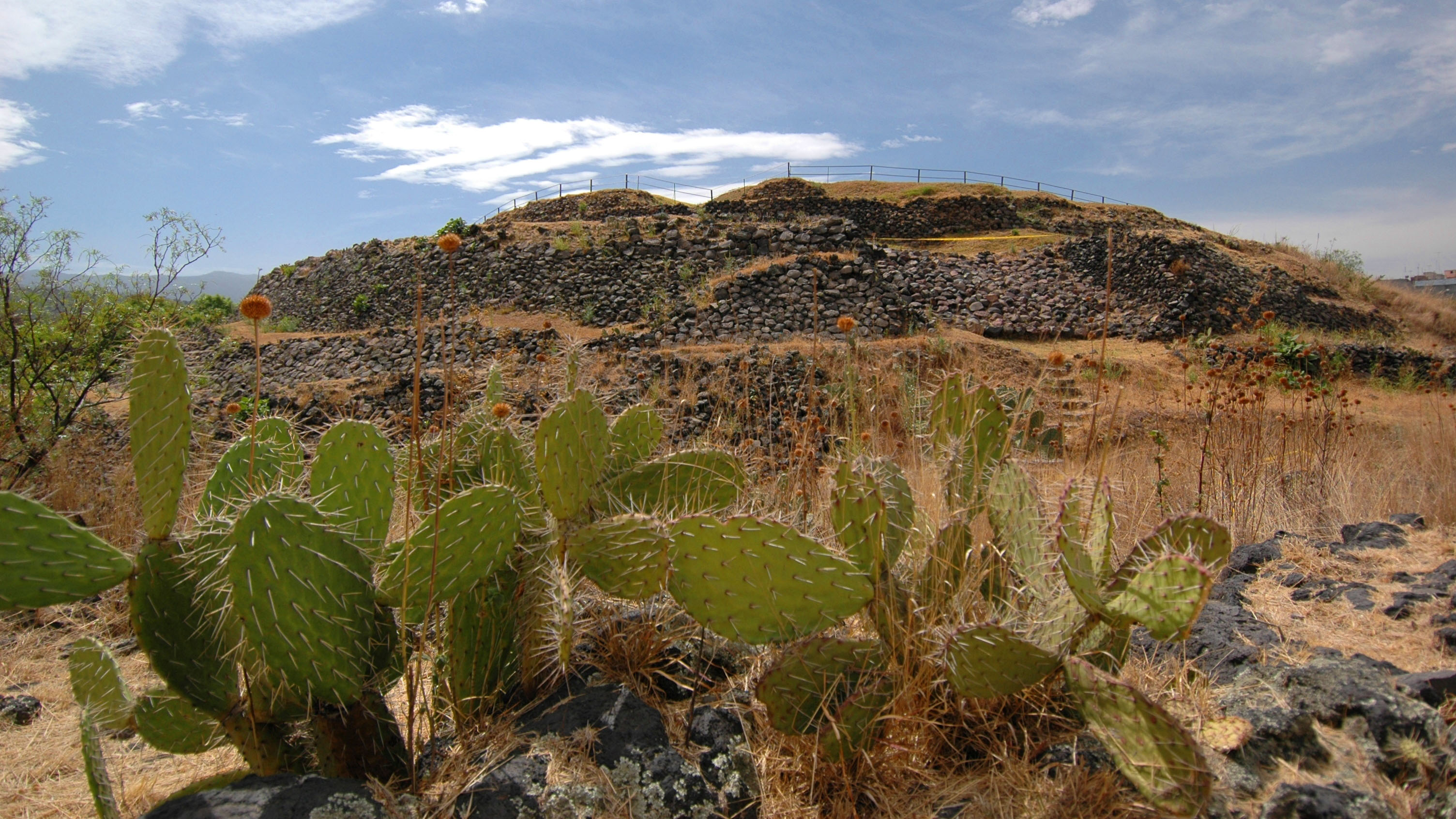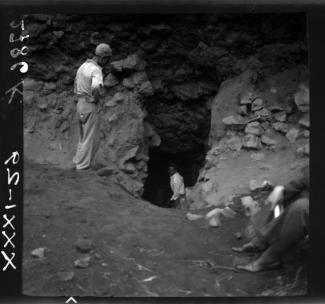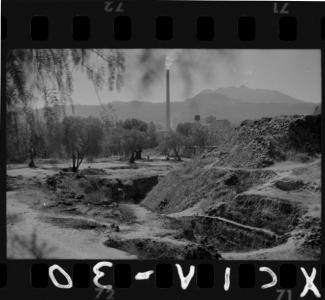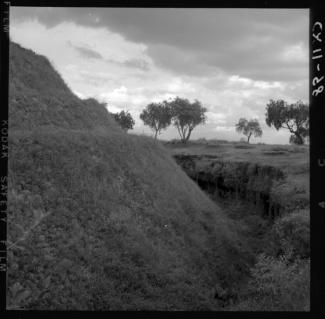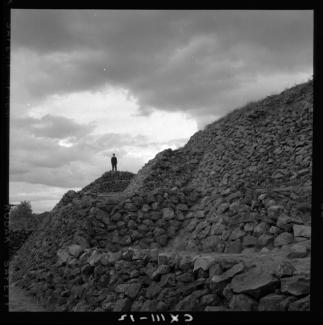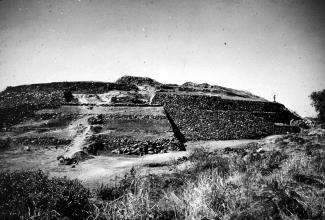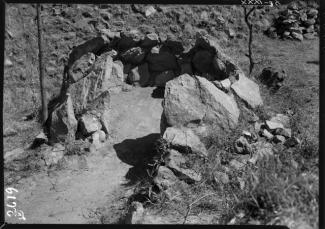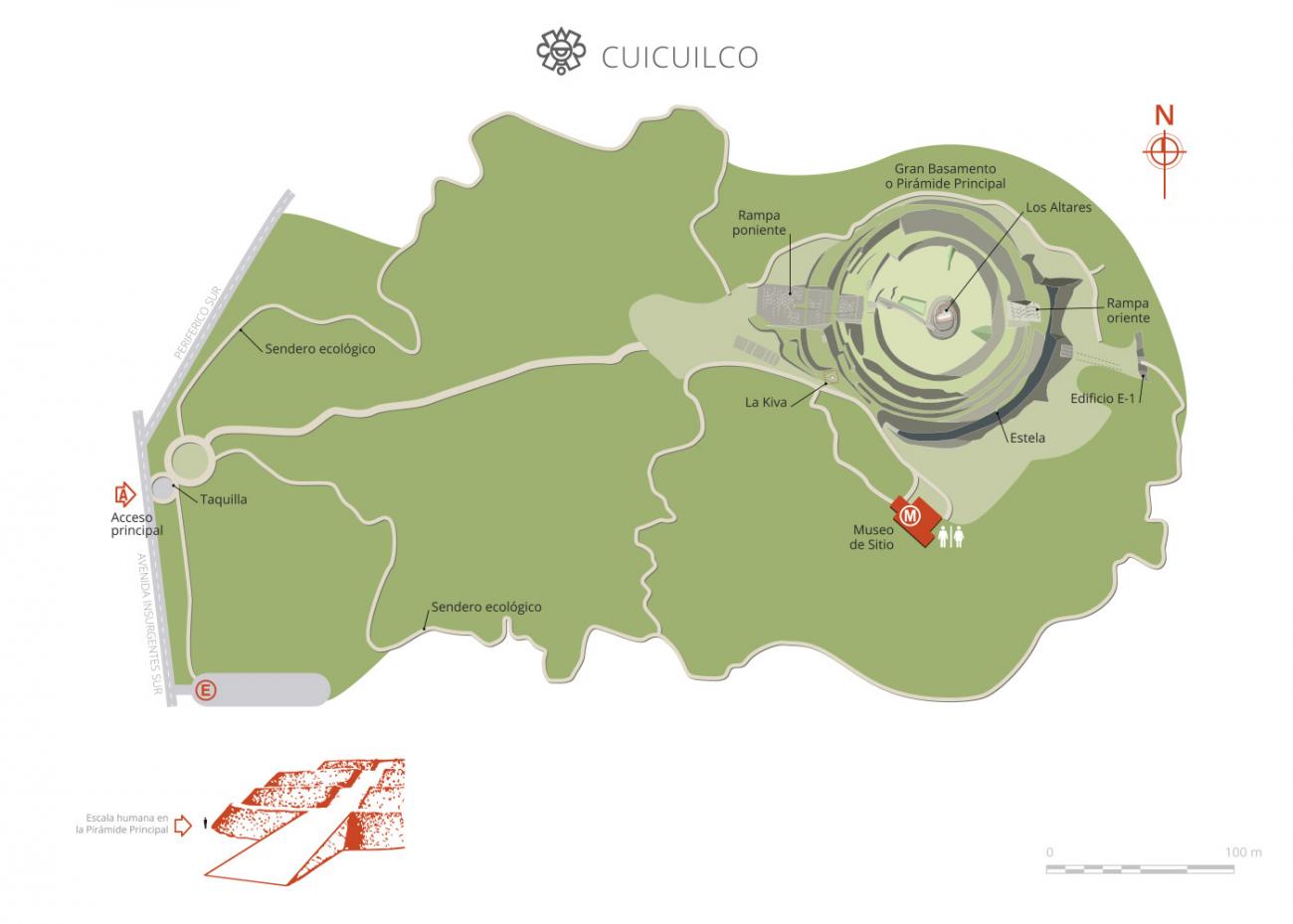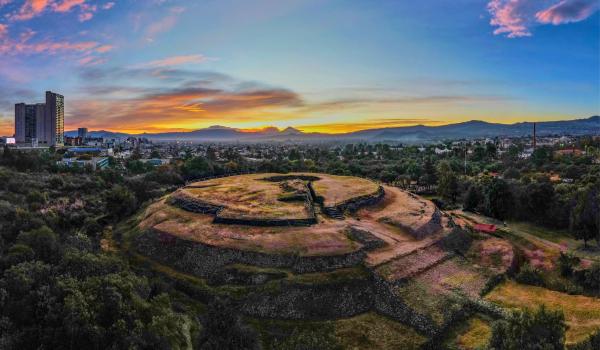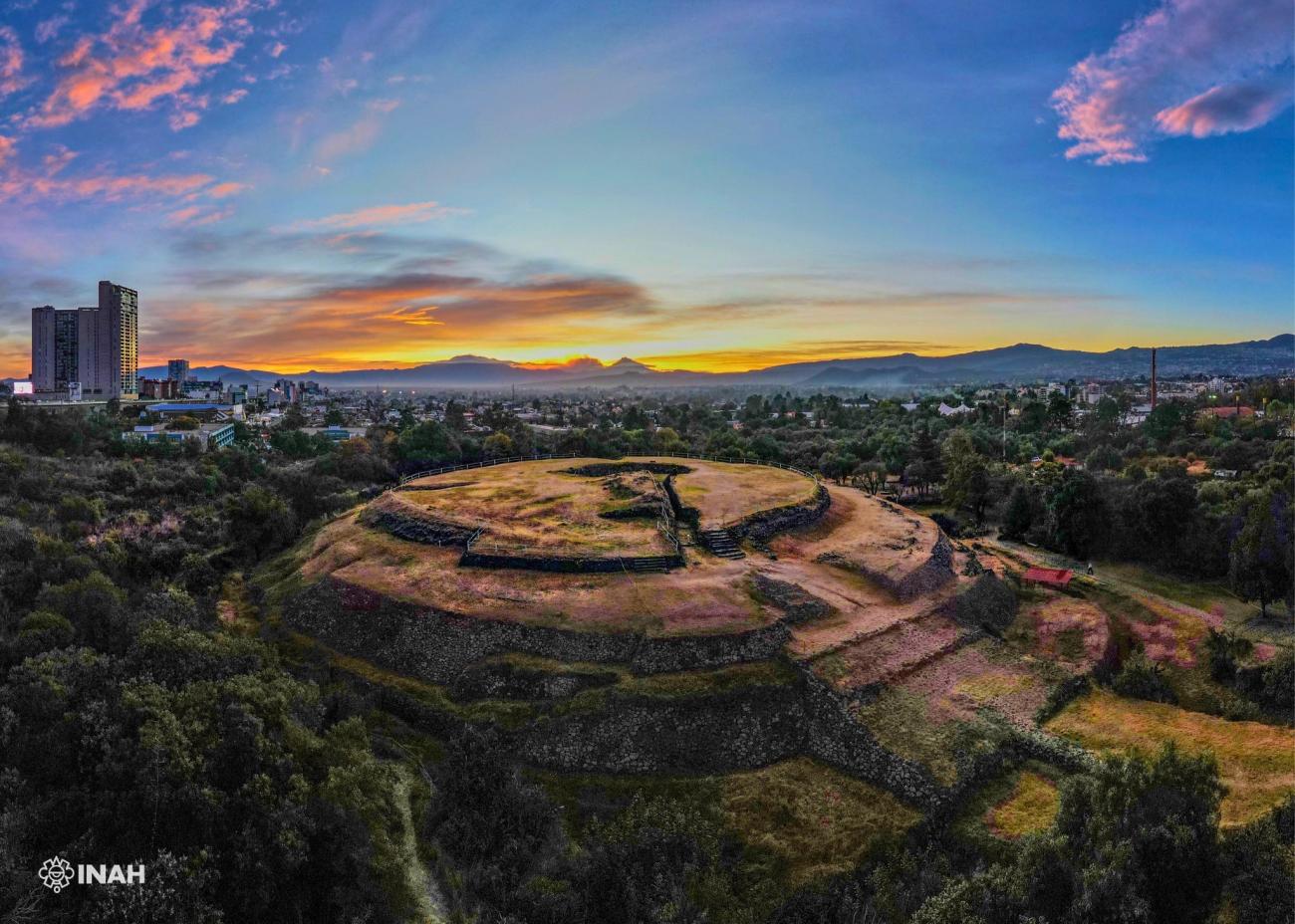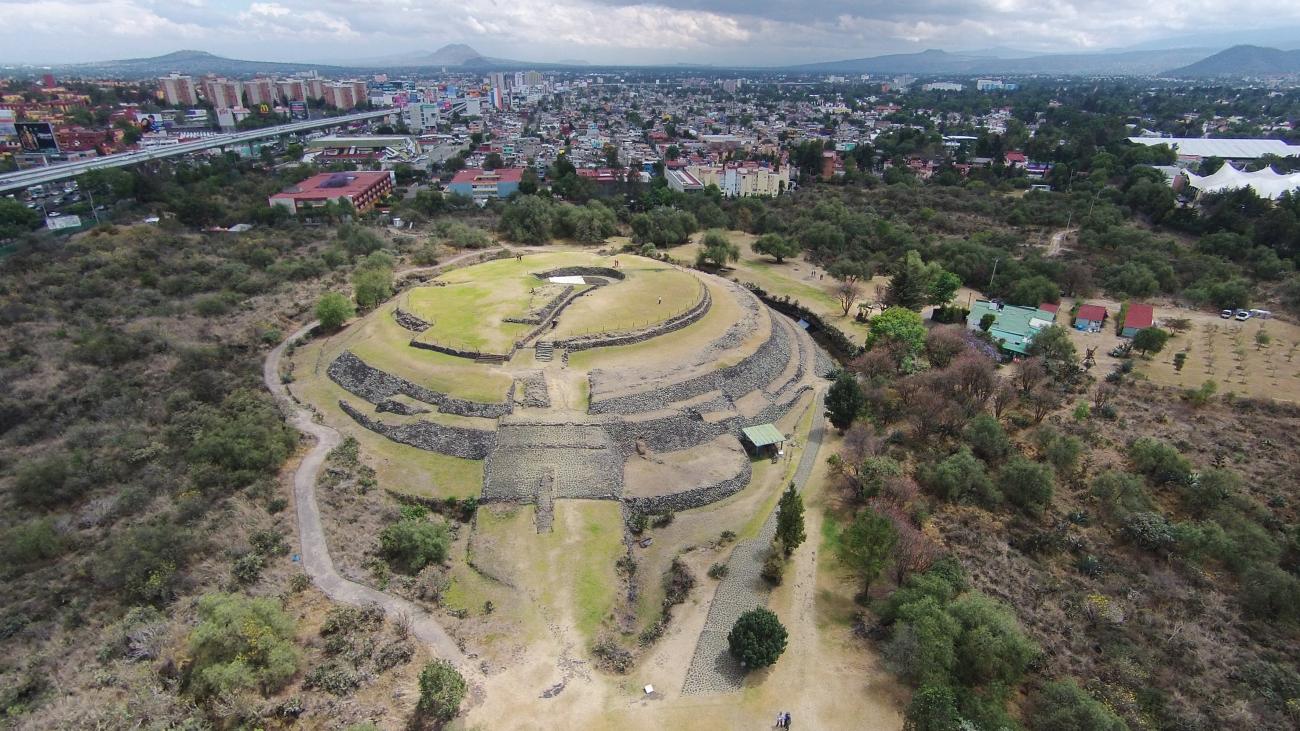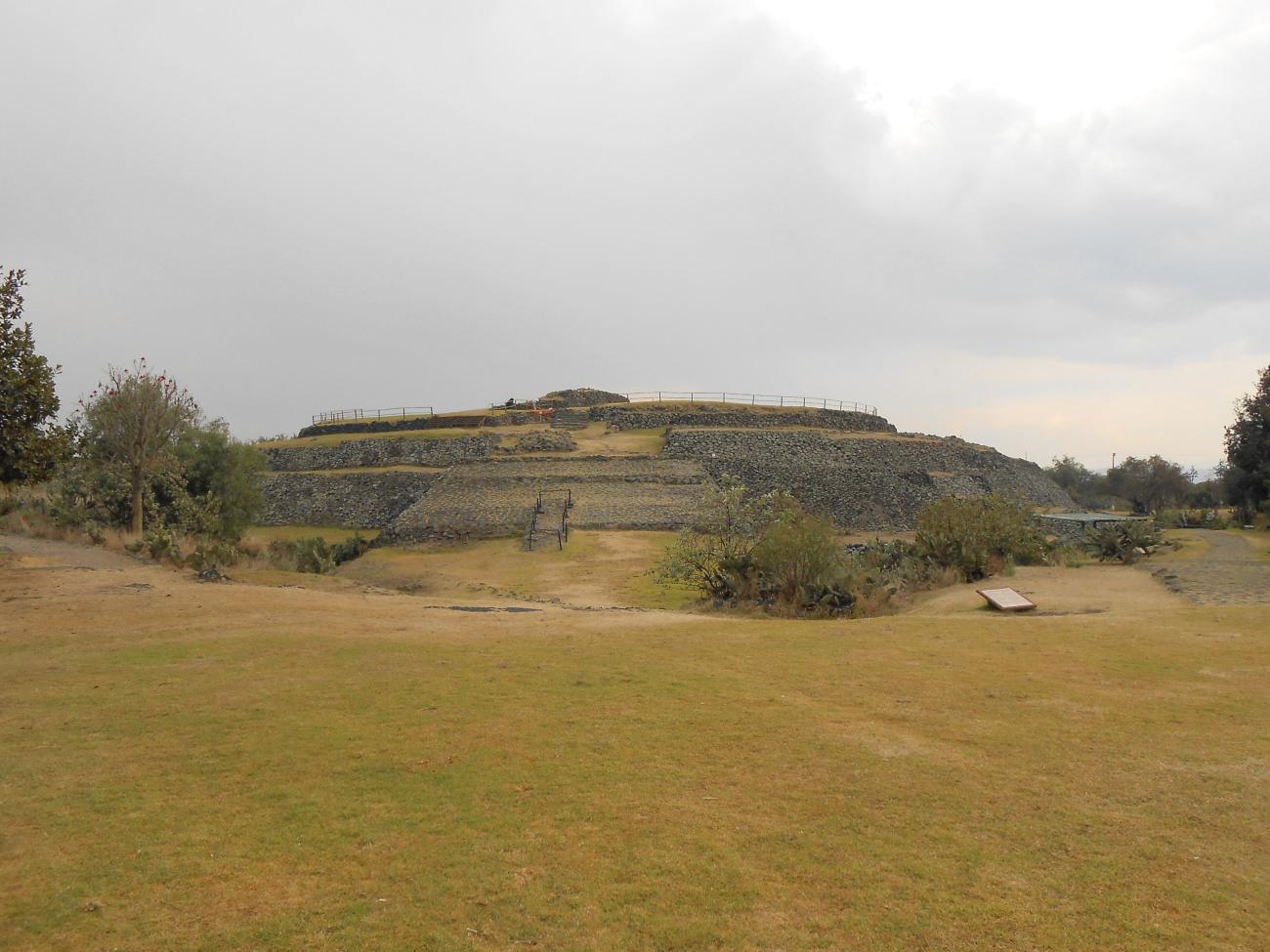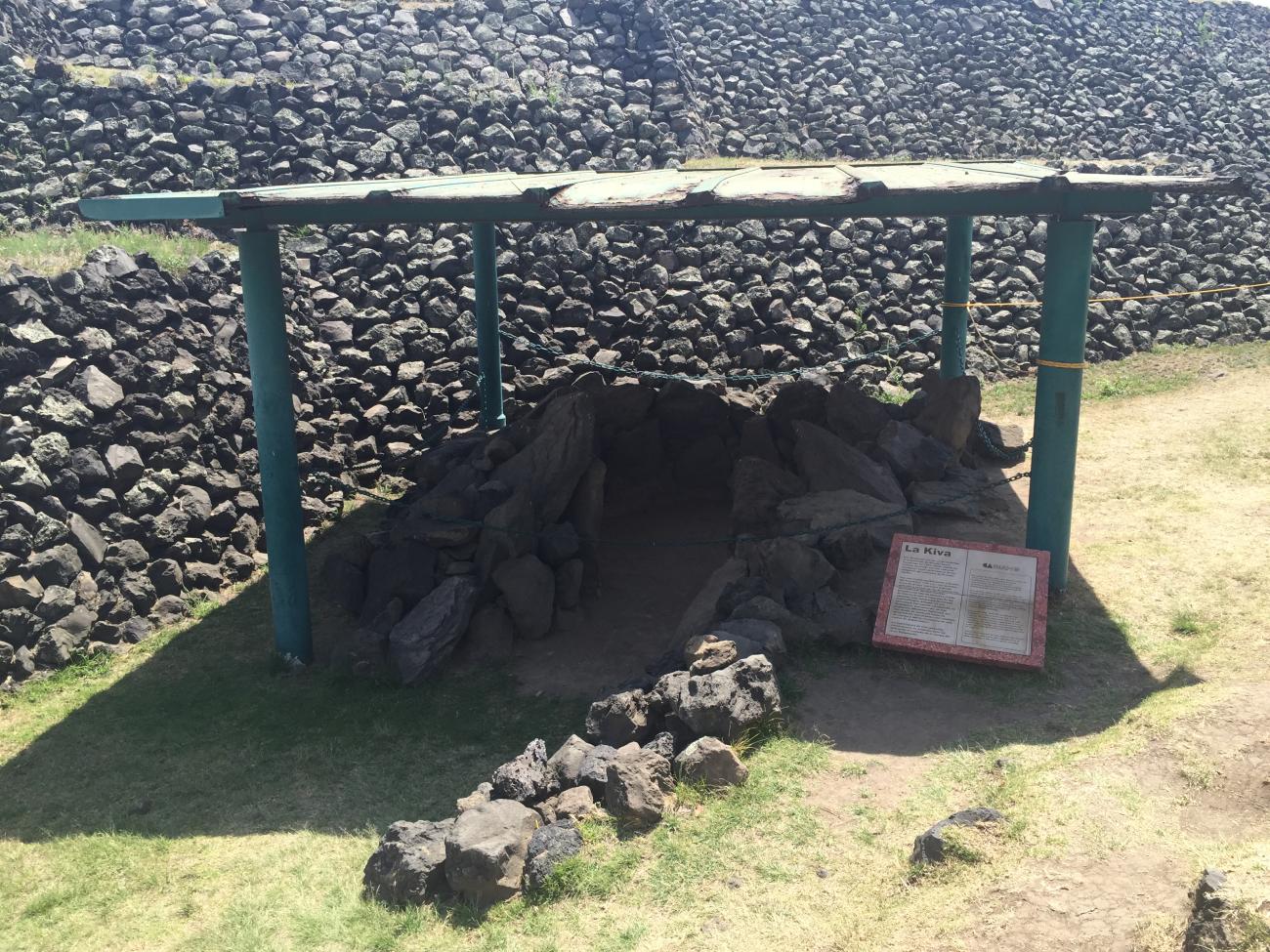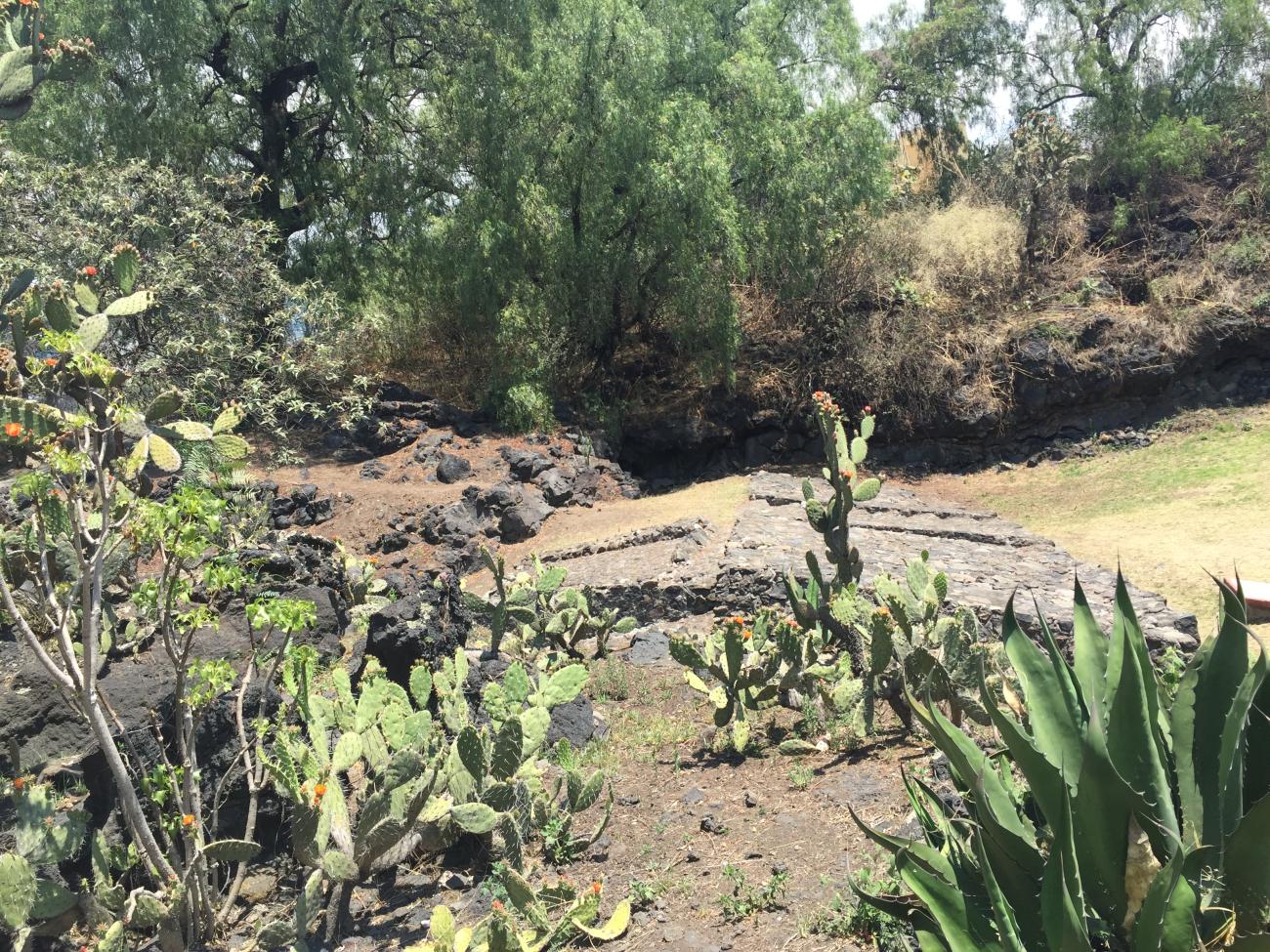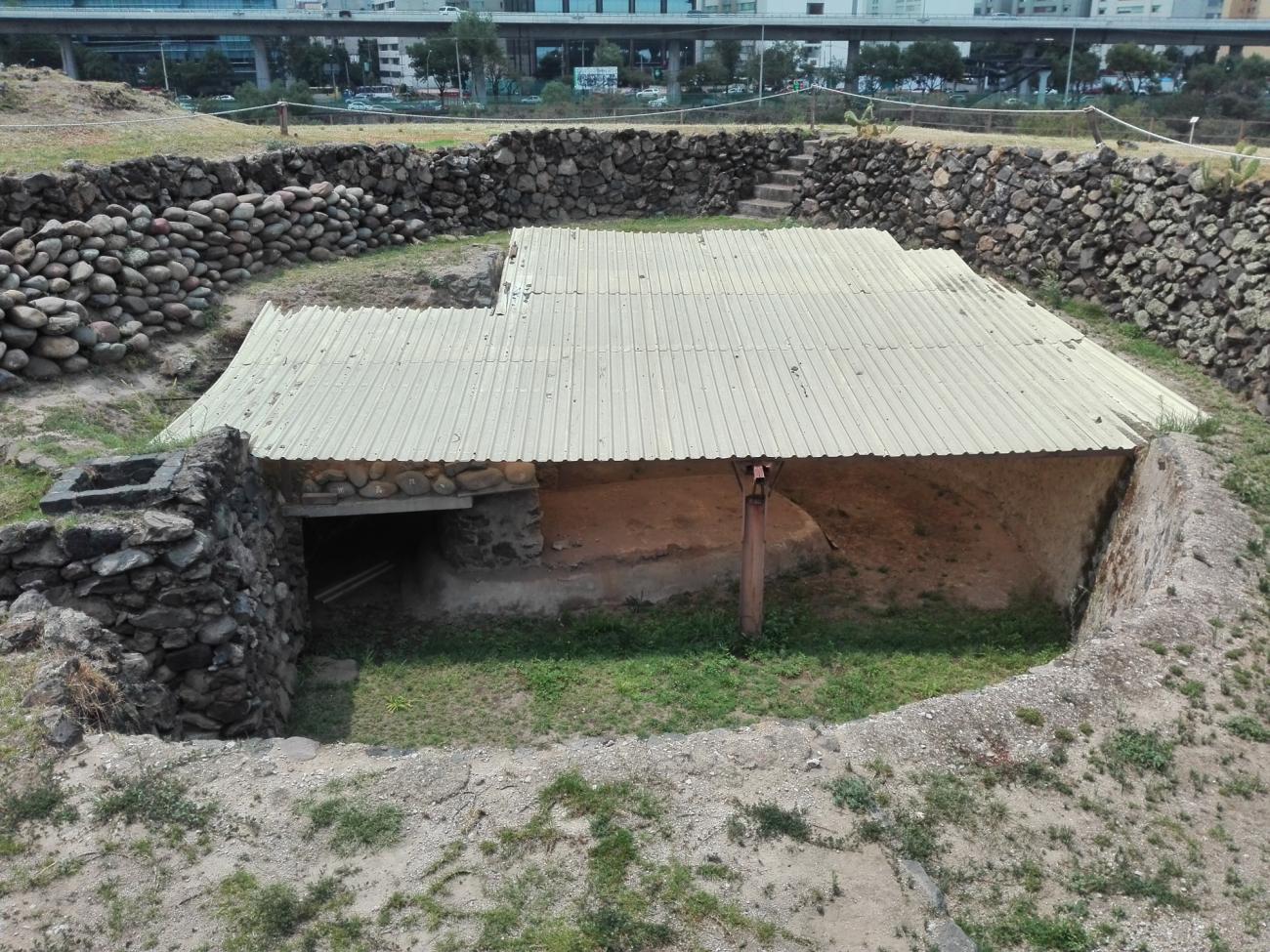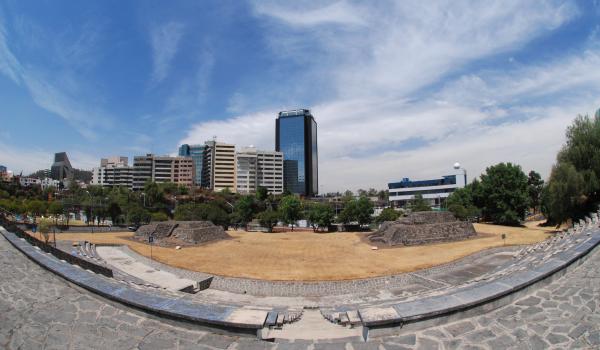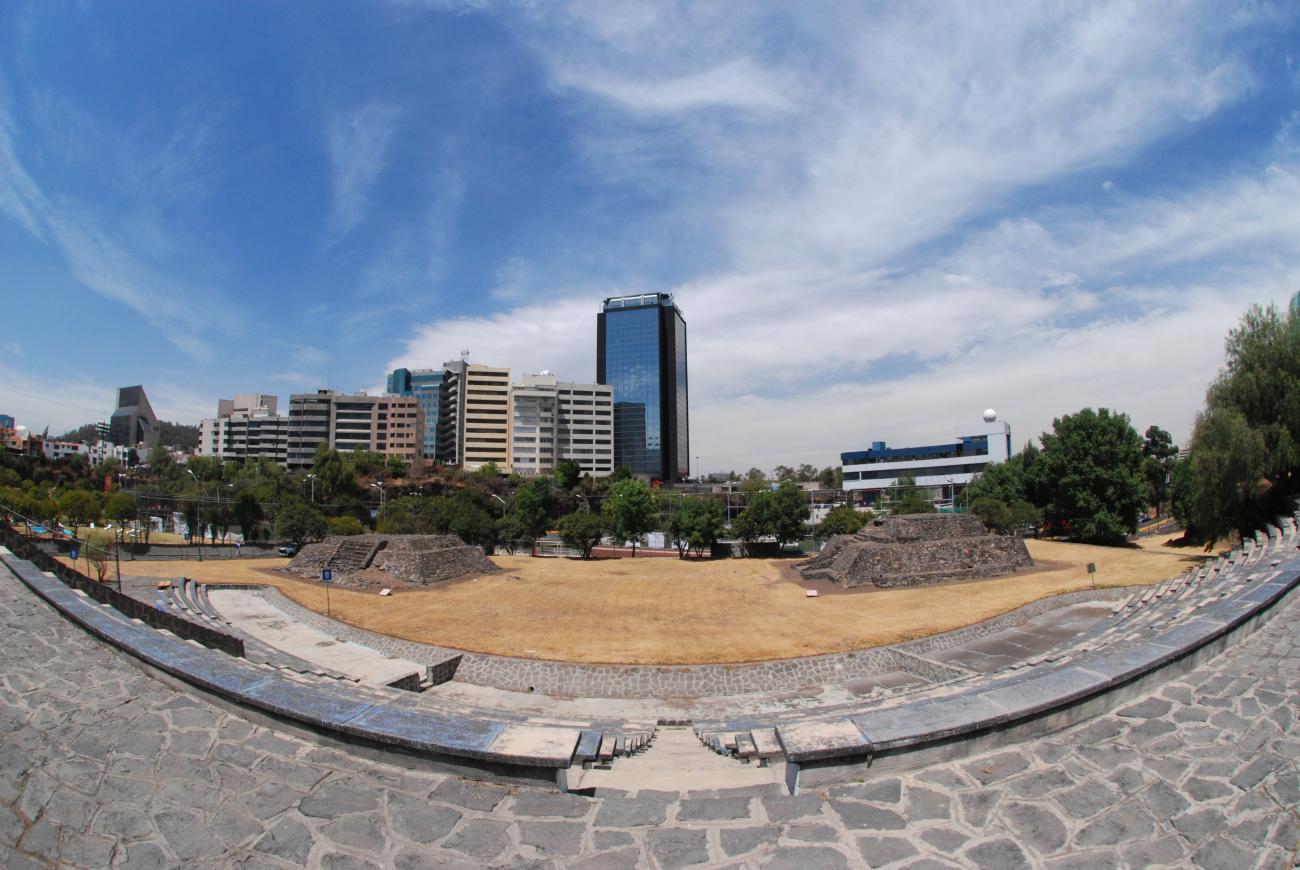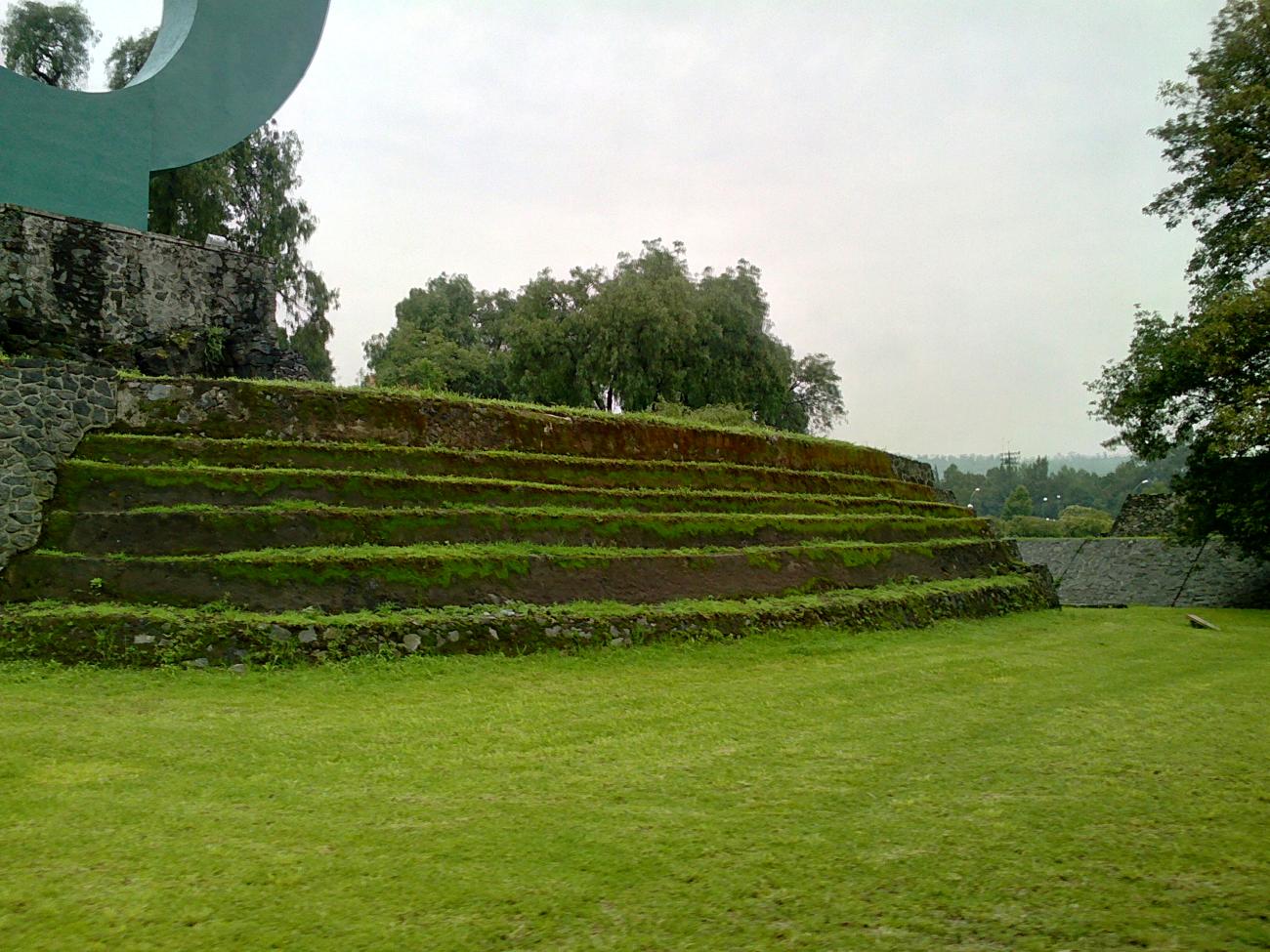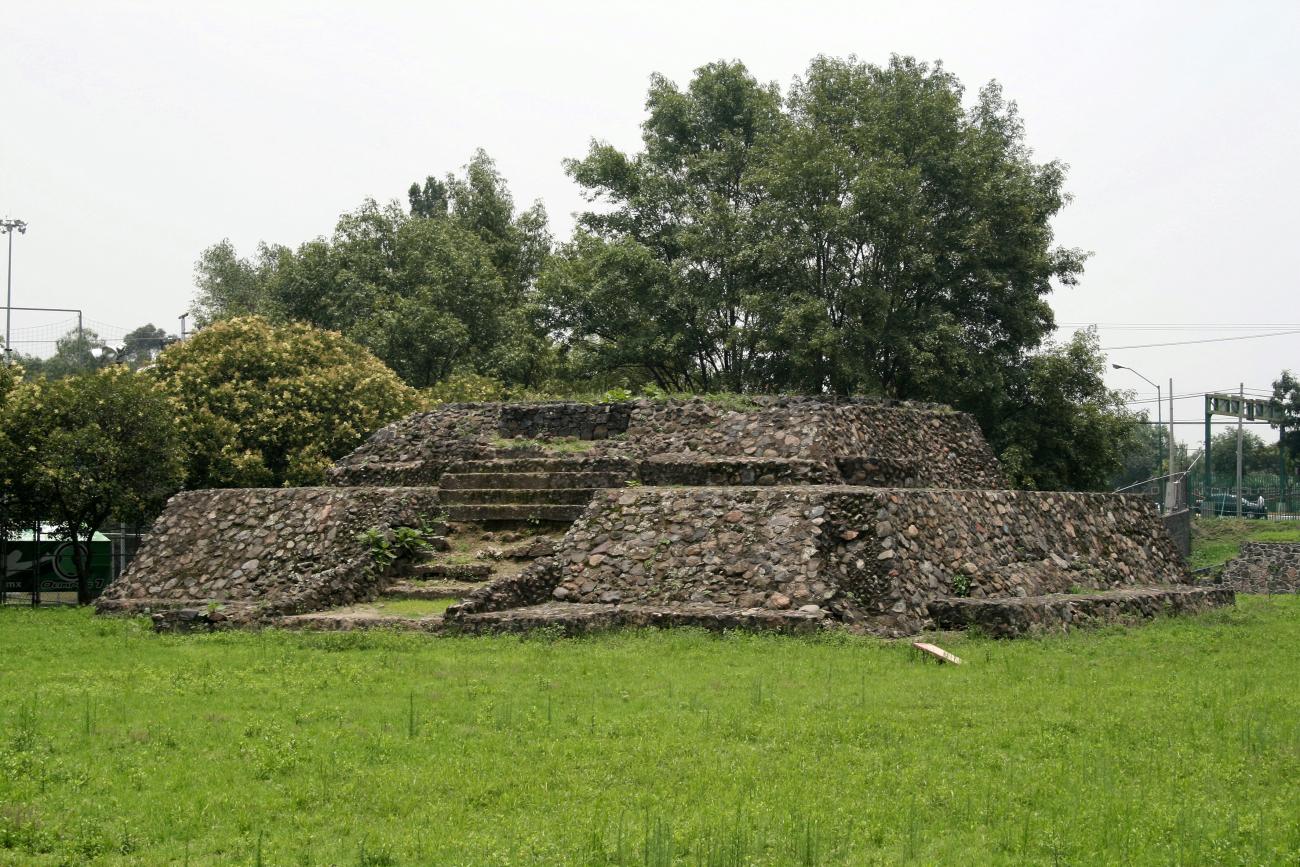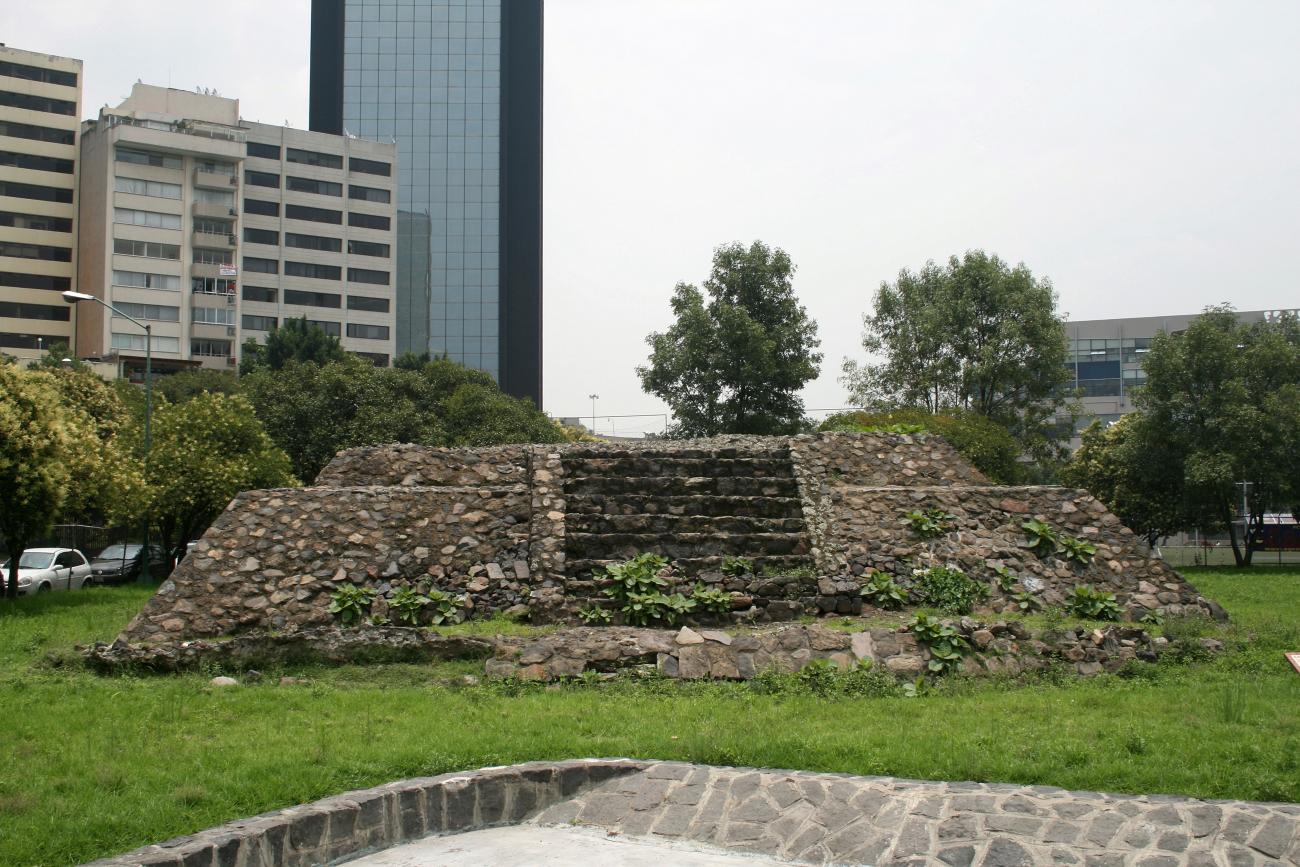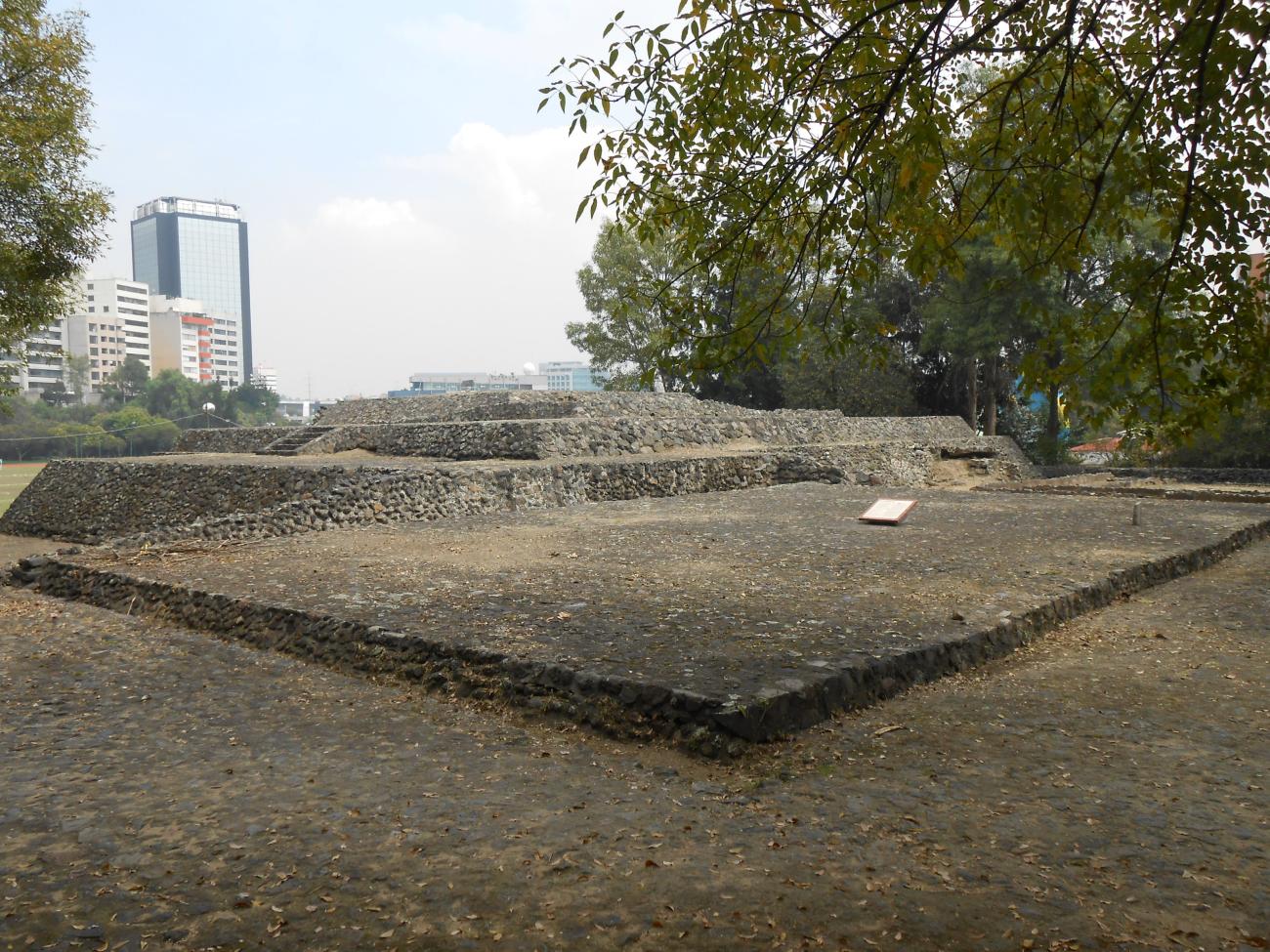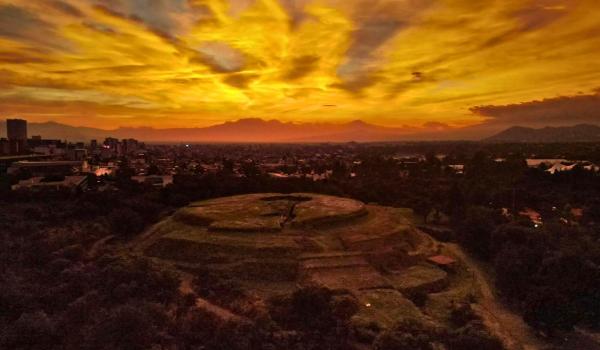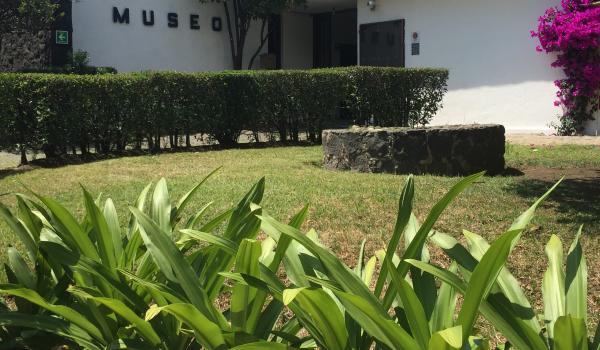An important city in the Valley of Mexico, perhaps the first and most powerful of that time. Founded in around 2100 BC, near the Zacatépetl mountain range and Chalco lake. In its earliest phase it was a group of agricultural and fishing villages. By 800 BC, however, it seems to have transformed into a complex city and a hub for trade, as it lay at the intersection of routes leading to the valleys of Toluca and Morelos. It was undoubtedly a religious center, with the old god of fire, Huehueteotl, occupying an important place in the pantheon. This sacred aspect of the site is evident from the name later given to it by the Mexica: "the place of song and dance."
Everything pointed to a promising future, as there was no shortage of supplies or natural resources. The settlement also produced a variety of finely crafted ceramics; discoveries have been made of splendid artefacts from three periods (between 600 and 200 BC), particularly the tripods with lids shaped like a bird’s head. Cuicuilco possibly competed commercially with the nascent Teotihuacan, until Xitle, a volcano in the Ajusco range, became active in around the year 250 AD. We know that the volcano began by sending up gas and ash into the atmosphere, before a devastating eruption took place. A thick layer of lava expanded widely, covering both the city and the surrounding landscape—the present-day Pedregal de San Ángel district. The eruption was so violent that it affected an area of nearly 1,000 acres, and in places the lava layer was up to 33 feet thick. The survivors scattered; many appear to have sought refuge in Teotihuacan.
The remains of Cuicuilco include the Great Pyramid with its elliptical base, constructed between 800 and 600 BC (Zone A); the Circular Mound of Peña Pobre (Zone B); the Pyramid of Tenantongo in the Bosque de Tlalpan park (Zone B), and the circular-based construction now found in the Olympic Village (Zone C). Mexico City’s subsequent expansion—particularly in the twentieth century—has led to modern constructions being built over much of the land where, deep underground, there may remain vestiges of the pre-Hispanic city. This has made it very difficult for any further explorations and discoveries to be made. However, archeological work in the lava-free areas (Zone A) has revealed some weapons (the “atlatl” or dart gun), obsidian objects, and stone beads; some burial sites have also been found, containing the remains of human bodies curled up and with cranial deformations.
Manuel Gamio led the first explorations of Cuicuilco’s Great Pyramid in 1915 and 1920, enabling the site to be located with some precision. He continued excavations between 1922 and 1925, assisted by Byron Cummings and with the support of the University of Arizona and the National Geographic Society, always focusing on the main pyramid. In the 1930s, Eduardo Noriega excavated the surrounding area and found vaulted chambers, burials, ceramics, and altars. It was not until 1966 that Roberto Gallegos, in a project coordinated by the INAH, resumed work in Zone B of what is now the Olympic Village; this led to the discovery of 183 burial sites and a house belonging to the original city. In 1978 the area was completely restored, and it was later expanded in 1980; between 1984 and 1987 Manuel Gándara’s team discovered a circular-based construction in the Loreto and Peña Pobre park. In 1996, Mario Pérez Campa found a 12.8-foot-high column to the south of the Great Pyramid, complete with inscriptions that might be the earliest astronomical records of ancient Mexico yet to have been discovered.
A site museum, containing objects found during the excavations, is also open to visitors.




